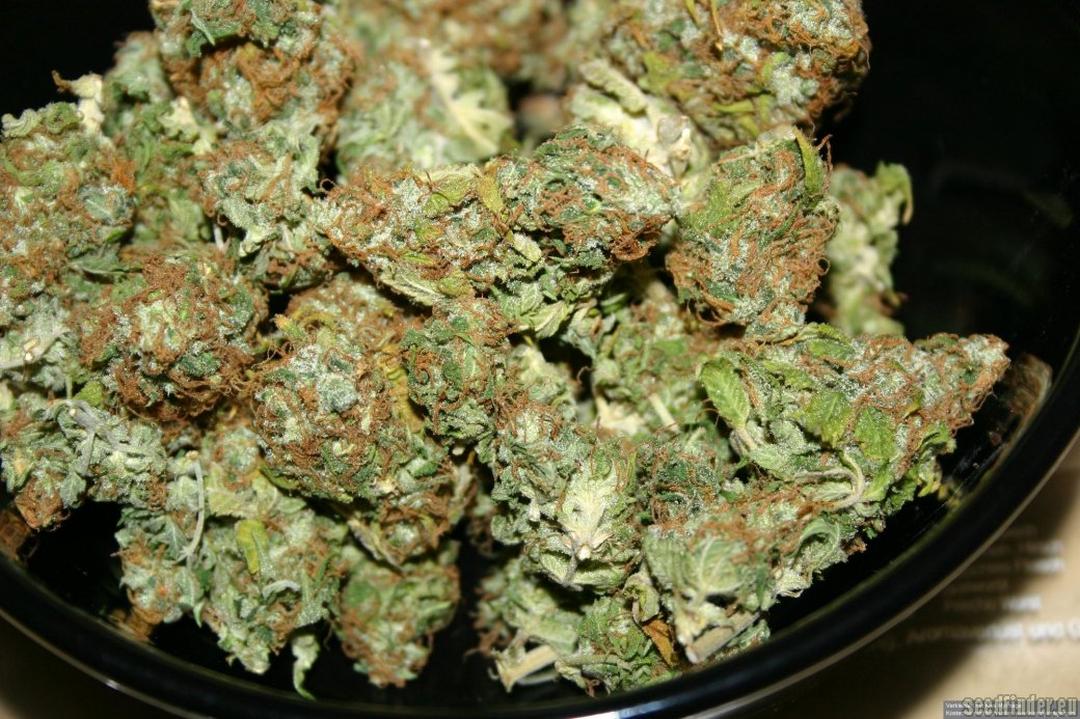Dank Sinatra

Dank Sinatra is a fascinating cannabis strain that stands out for its unique genetics and associated effects. This indica-dominant hybrid is often sought after by those seeking potent relaxation without being completely couch-locked. Its origins are somewhat mysterious, but rumor has it that it is the result of crossing LA Affie and Hash Plant. Dank Sinatra's popularity is due in no small part to its impressive trichomes and aromatic profile.
Effect
Dank Sinatra is known for its powerful, calming effects, immersing both body and mind in deep relaxation. Users report an immediate sense of contentment and stress reduction, accompanied by a warm euphoria that gradually builds. Due to its strong indica properties, it's ideal for evening use to relieve restlessness or as an aid to sleep. Despite the deep relaxation, some users report a degree of mental clarity that facilitates creative activities.
Taste/smell
The taste and aroma of Dank Sinatra is a pleasant blend of earthy, woody notes with a hint of citrus on the finish. The aroma is intense and can be detected upon opening the storage container, with the depth of the aroma further intensifying when smoked or vaped. Her distinctive scent makes her a true delight for connoisseurs who value a rich terpene profile.
THC content
With her high THC content, which often fluctuates between 19% and 24%, Dank Sinatra is not for beginners. This potency makes her an excellent choice for experienced cannabis users seeking a stronger effect or those with tolerance who need effective relief from medical conditions such as chronic pain, sleep disorders, and anxiety.
Cultivation
When growing Dank Sinatra, the plants are relatively undemanding and robust, making them attractive for both beginners and experienced growers. It is suitable for both indoor and outdoor gardens, delivering a medium to high yield under optimal conditions. It generally prefers mild to warm climates and requires sufficient light to develop its full potential. The flowering period is approximately 8 to 9 weeks, after which growers are rewarded with dense, resin-rich flowers.
